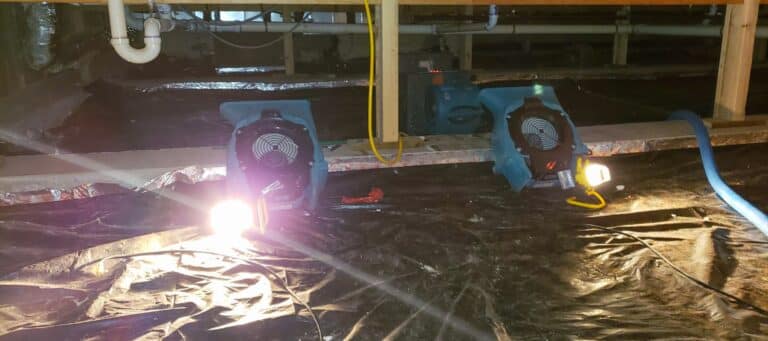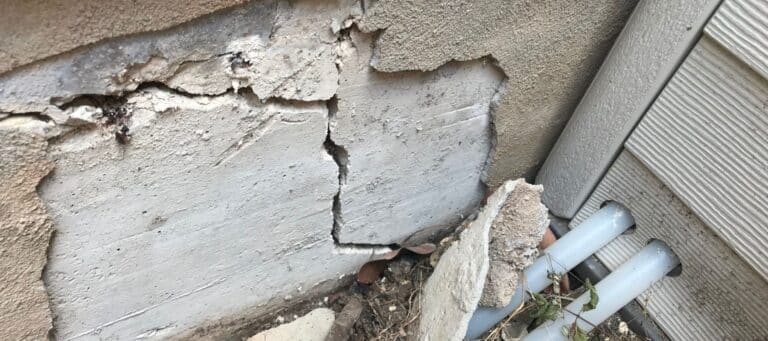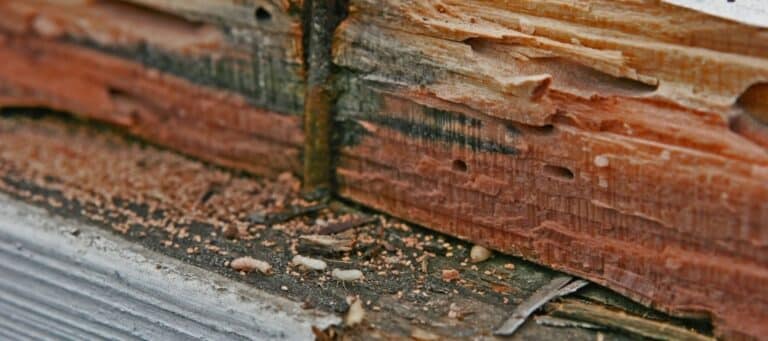Crawl Space Repair Texas Homeowners Can Trust
Efficient Crawl Space Water Damage Repair In Texas
Water is a human necessity. This critical liquid protects our joints, provides our cells with nutrients and helps us maintain body temperature. While this compound is critical for human health, it can also be the downfall to the health of your crawl space.
Water damage negatively affects your foundation, making it crucial to solve when it accumulates in your home!
G.L. Hunt Foundation Repair offers efficient solutions to water-related issues with your home’s structure! Our team has proudly served Texas homeowners since 1987, gifting us the experience and knowledge necessary to correct these problems.
G.L. Hunt stands as a trusted provider of repair services, making us a top choice for your Texas home!
What Causes Water Damage In Crawl Spaces?
Water damage comes in many forms, especially when it comes to your home’s structure. Moisture-related issues aren’t always caused by gushing water. In some cases, what seems like a minor problem can actually turn into a significant issue for your home. Understanding the causes of water damage in your crawl space is critical. This knowledge can help you determine when to contact our team for repair solutions.
A few causes of this issue include:
- Flooding
- High humidity
- Drainage issues
- Pipe leaks and bursts
Water may not seem like a significant threat to your crawl space at a glance. However, it can be detrimental if it isn’t corrected by a professional. G.L. Hunt has a team of experts you can turn to when moisture issues plague the area beneath your home.
How Crawl Space Water Damage Impacts Your Home
Water damage can leave a lasting impact on your crawl space. This factor makes it critical to address this issue as soon as possible. Our team is here to share a few ways moisture can affect your home’s structural integrity to emphasize the importance of timely repairs.
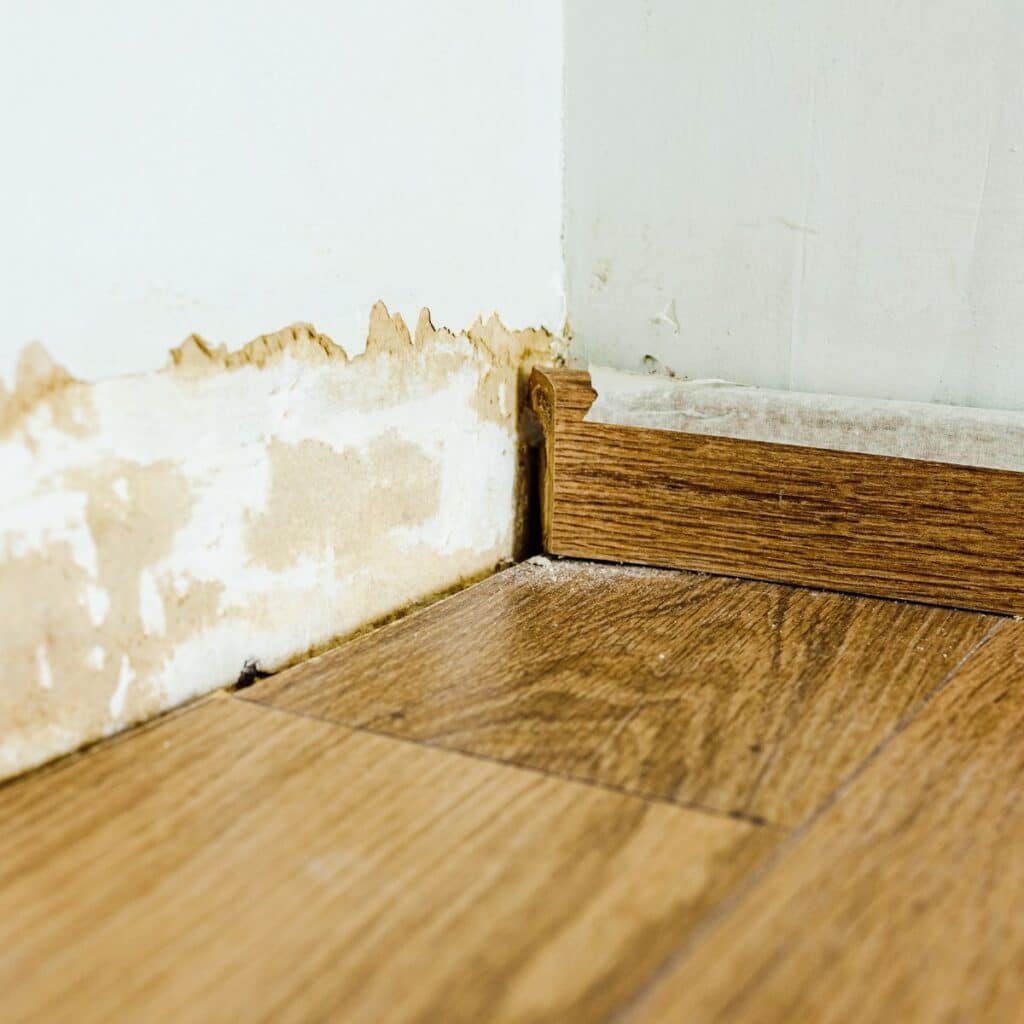
Structural Damage
Water can negatively impact the structure of your home. The liquid can lead to wood decay, causing your crawl space support beams to rot. These critical components support your home, providing it with the strength and support it needs for a reliable framework.
Additionally, water can cause your floors to warp, sag and collapse in some cases. These risks should be corrected as soon as possible. G.L. Hunt offers preventative services to protect your home, such as vapor barriers and encapsulation.
Mold And Mildew Growth
Mold spores thrive in dark, damp and humid environments. These conditions make your crawl space a desirable habitat for fungal growth. Water damage increases the risk of mold accumulation in your home, leading to a number of negative effects.
This bacteria spreads rapidly when not addressed. It can also rot the supports beneath your home, leading to significant damage and health problems. A dehumidifier can prevent humid conditions, creating an unsuitable environment for mold and mildew.
Health Issues
When moisture issues occur, mold growth will follow if they aren’t corrected. This bacteria is unsuitable for human health, leading to many prominent physical issues. Spores can cause respiratory irritation, fatigue and chronic headaches. It’s critical to correct water damage before your health is affected by this fungal growth.
Pest Infestation
Many insects and animals are attracted to humid and dark areas. Rodents, spiders and cockroaches can infiltrate your crawl space when there is water damage. These pests can inflict more issues on your home’s structure, making it crucial to prevent moisture problems before pest infestations occur.
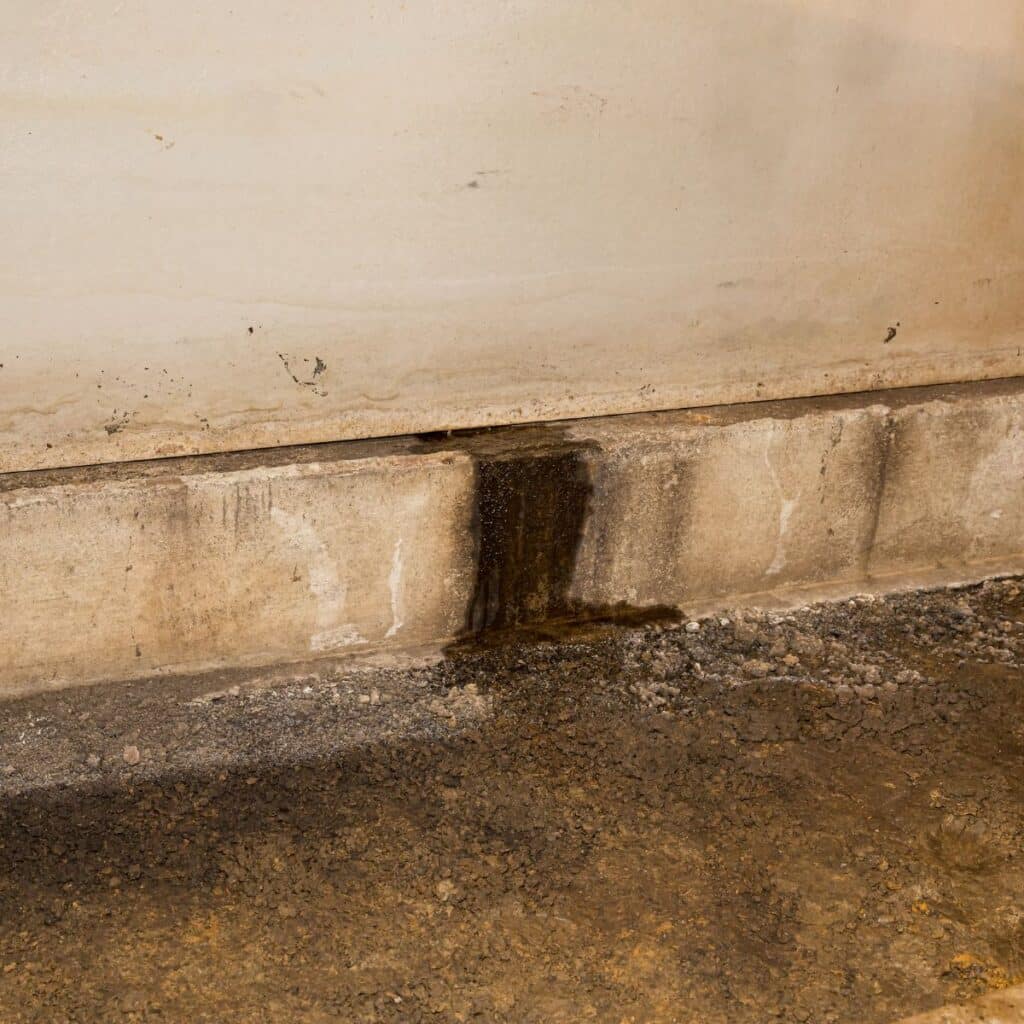
Your Top Choice For Crawl Space Repair Services
G.L. Hunt Foundation Repair is the company you can trust when crawl space water damage plagues your home! Our team offers specialized solutions to moisture issues, from structural supports to thorough encapsulation services.
Contact us today to take advantage of repairs that leave your home in excellent condition.
